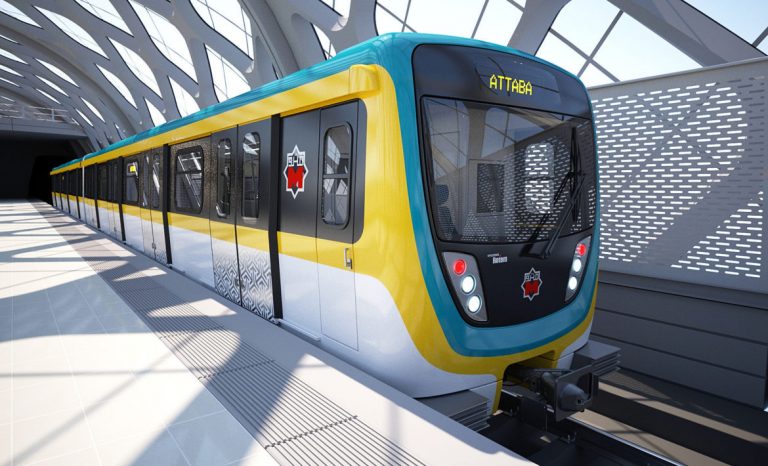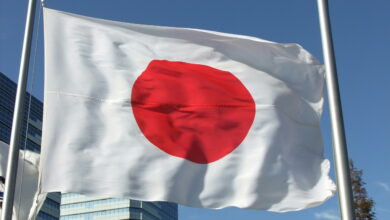
Egypt and Japan have signed the exchanged letters and a financing agreement for the fourth tranche of the Greater Cairo Metro Line 4, Phase 1 project.
The project is funded by the Japanese government and implemented by the Japan International Cooperation Agency (JICA), underscoring the strategic relationship between the two nations.
Project scope and connectivity
The first phase of Metro Line 4 extends 19 kilometers from Hadayek El Ashgar station to El Fustat station and includes 17 stations (16 underground and 1 at grade).
The entire Line 4 is considered a vital link in the mass transit system, connecting 6th of October City and New Cairo to the metro network. It is designed to serve high-density areas, including Haram, Faisal, El Omraniya, Giza, Nasr City, Al-Azhar University, and New Cairo.
Key benefits
The line aims to alleviate traffic congestion on major arteries and supports tourism by linking the historical heart of Cairo with the archaeological area of Giza, including the Pyramids and the Grand Egyptian Museum (GEM). Upon completion, the line is expected to transport approximately 1.5 million passengers daily.
Network integration
Line 4 will integrate seamlessly with the existing network:
- It will connect with Metro Line 1 at El Malek El Saleh station.
- It will connect with Metro Line 2 at Giza station.
Phased implementation
The project is being executed in four phases:
- Phase 1 (Hadayek El Ashgar – El Fustat): 19 km with 17 stations (16 underground, 1 at grade). This intersects with Metro Line 1 at El Malek El Saleh station.
- Phase 2 (El Fustat – Nasr City – El Rehab): 31.8 km with 21 stations (6 elevated, 15 underground). This will intersect with Metro Line 6 at Sayeda Aisha station.
- Phase 3 (Hadayek El Ashgar – El Hosary Square in 6th of October City): 16.3 km, crucial for linking the line to 6th of October City.
- Phase 4 (El Rehab – Capital Airport Station): 38.7 km. This phase will interchange with the Light Rail Transit (LRT) at the Capital Airport Station.




